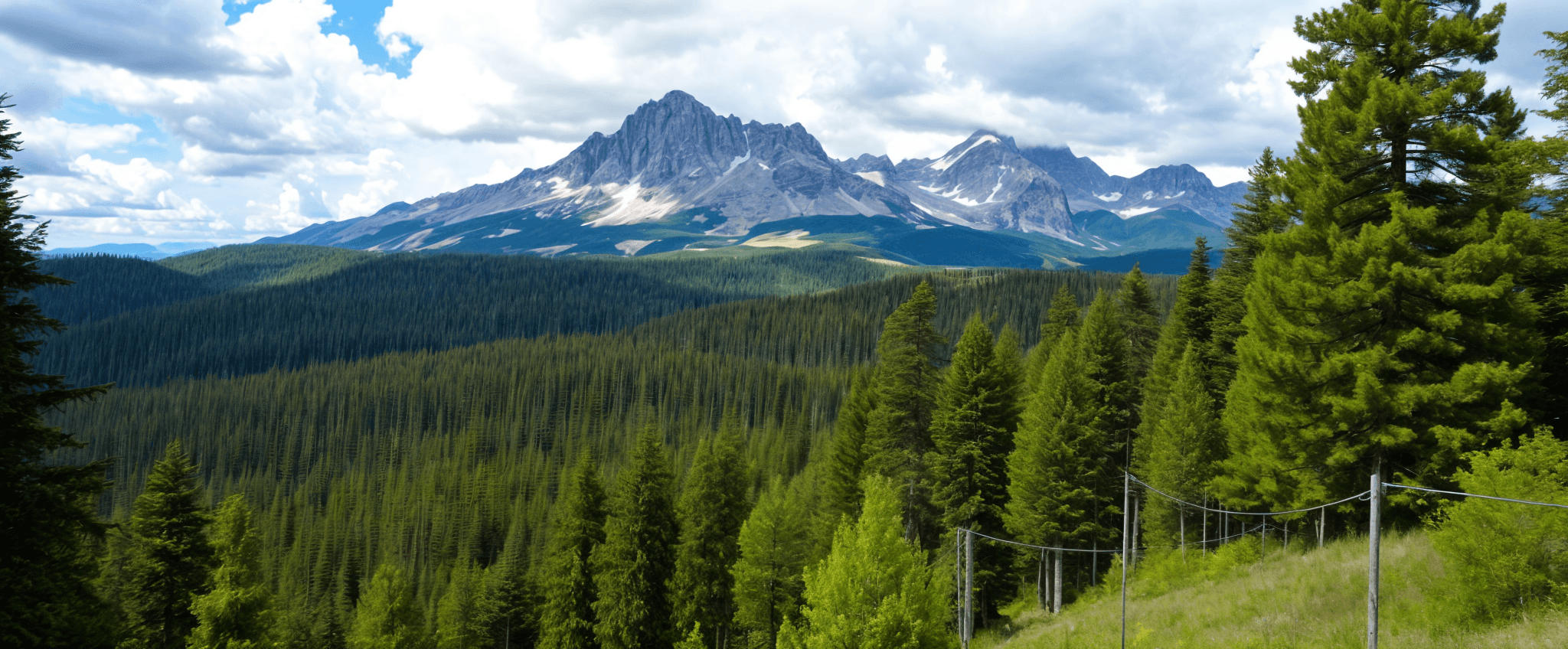No products in the cart.
The Western Red Cedar Advantage
Western Red Cedar is an exceptional building material, celebrated for its natural beauty and performance. Its rich, tonal properties highlight the intricate wood grain and exposed heartwood, creating a stunning aesthetic that enhances any structure.
This wood is both pitch- and resin-free, making it highly versatile for a wide range of finishes—from semi-transparent stains that showcase its natural grain to deep, elegant stains that provide a bold, sophisticated look. Beyond its beauty, Western Red Cedar is incredibly durable, ensuring your projects remain attractive and functional for years to come.
For centuries, the Pacific Northwest Coast First Nations revered Western Red Cedar as the “Tree of Life,” using it to construct longhouses, canoes, and totem poles. Even today, this remarkable wood continues to be a preferred choice for outdoor building projects due to its time-tested durability.
Western Red Cedar's natural properties make it ideal for outdoor applications. Its lightweight nature and exceptional resistance to decay, moisture, and insect damage set it apart. Cedar is less prone to issues like fungi growth and water damage, and it withstands prolonged exposure to harsh weather conditions, including heavy rain, snow, hail, and strong winds.
Combining unmatched natural beauty, centuries of proven reliability, a low environmental impact, and resistance to decay and insects, Western Red Cedar stands out as the ultimate choice for high-quality building projects. Its timeless appeal and superior performance make it a clear favorite for those seeking longevity, functionality, and sustainability.
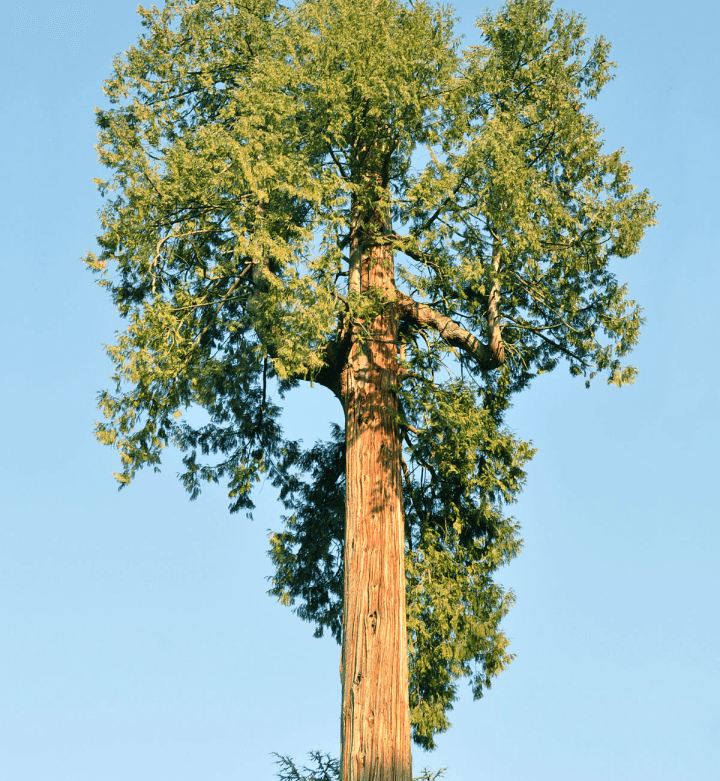
Western Red Cedar. Species: Thuja Plicata
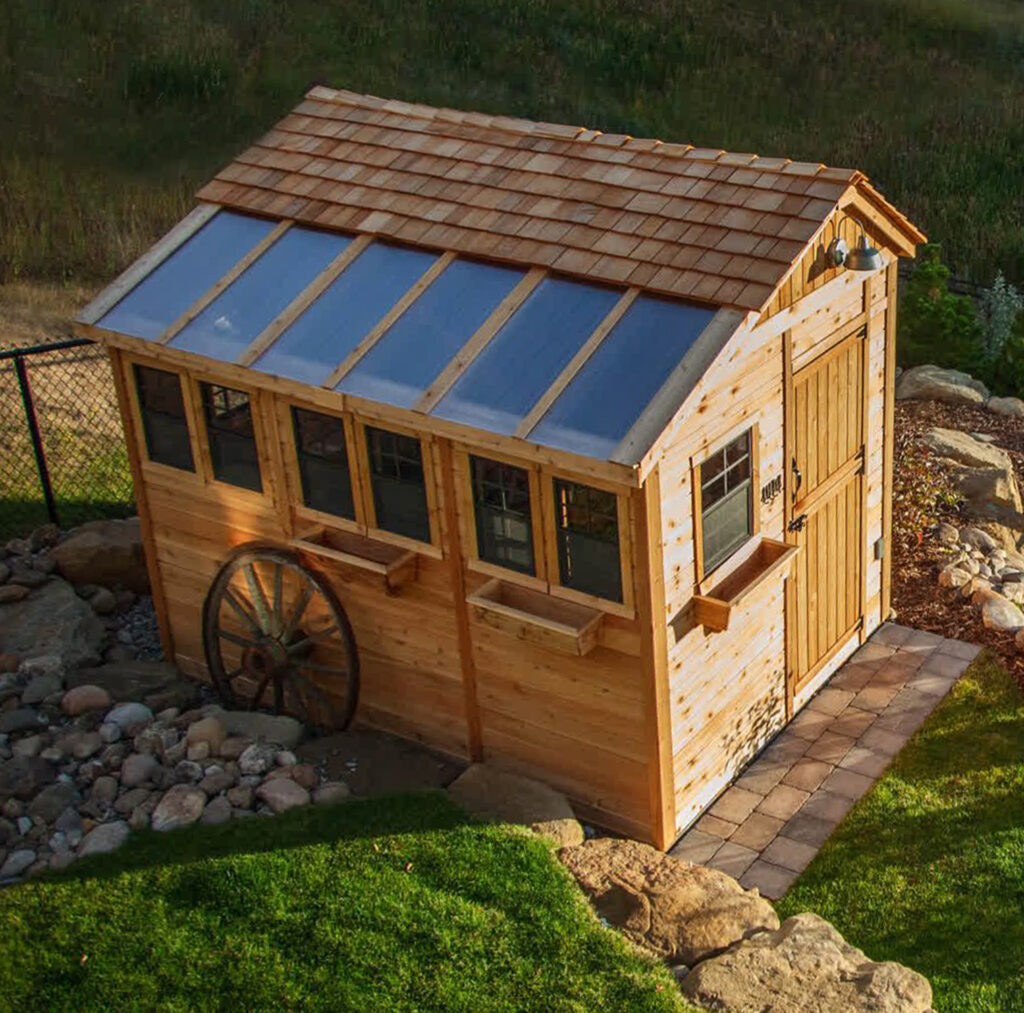
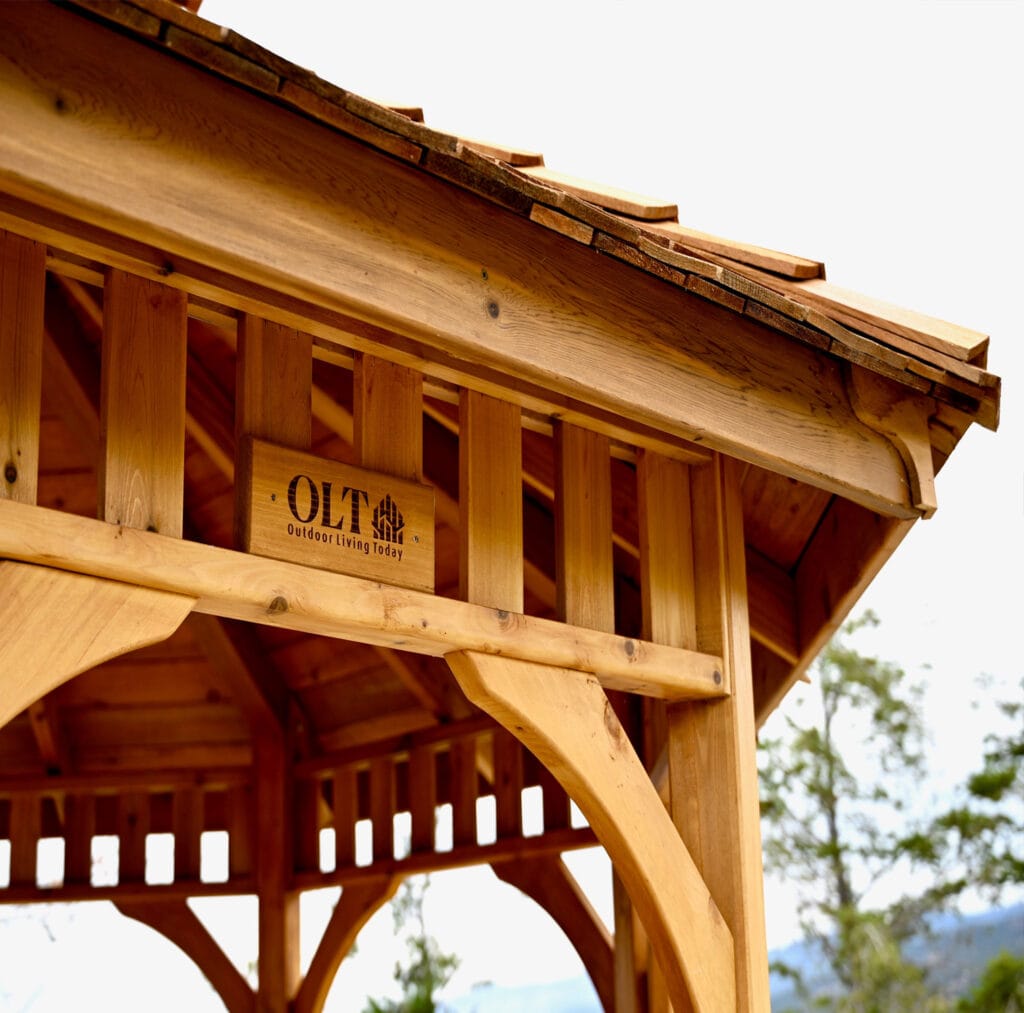
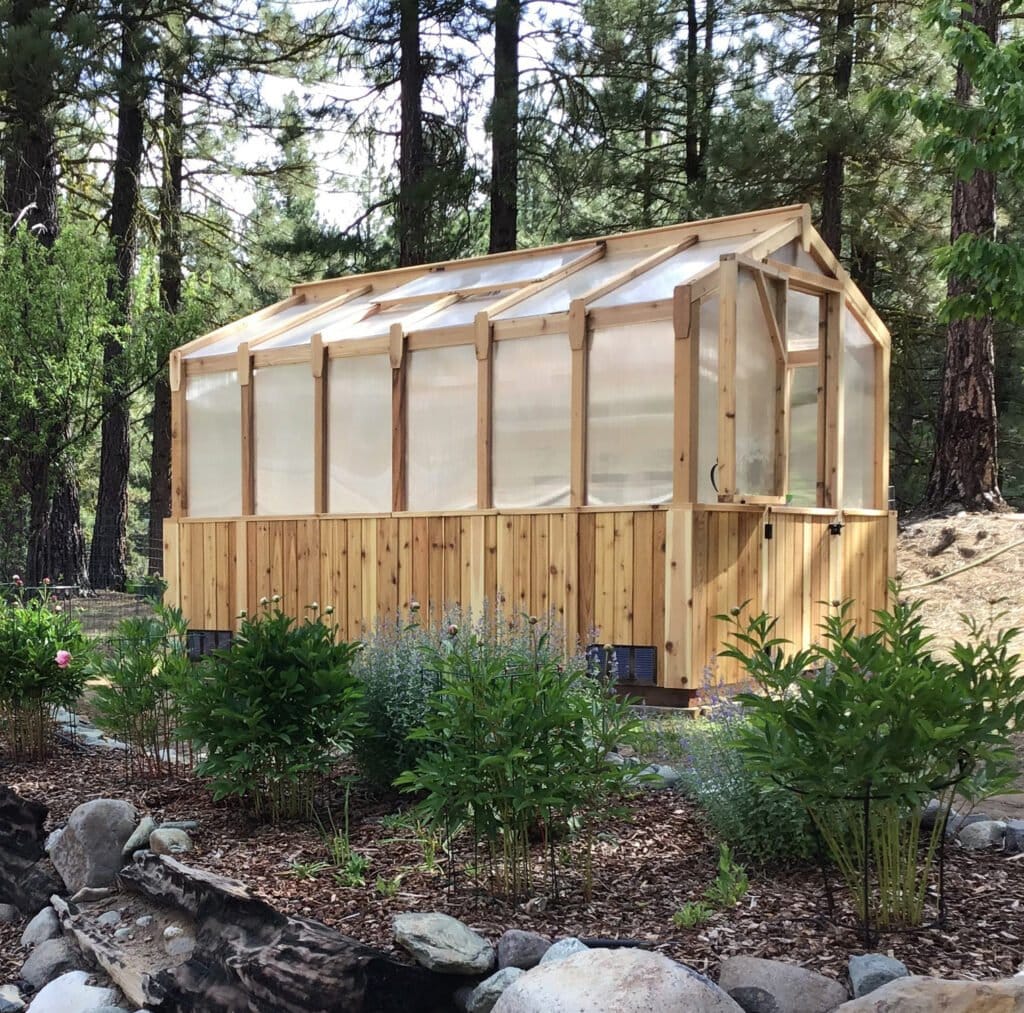
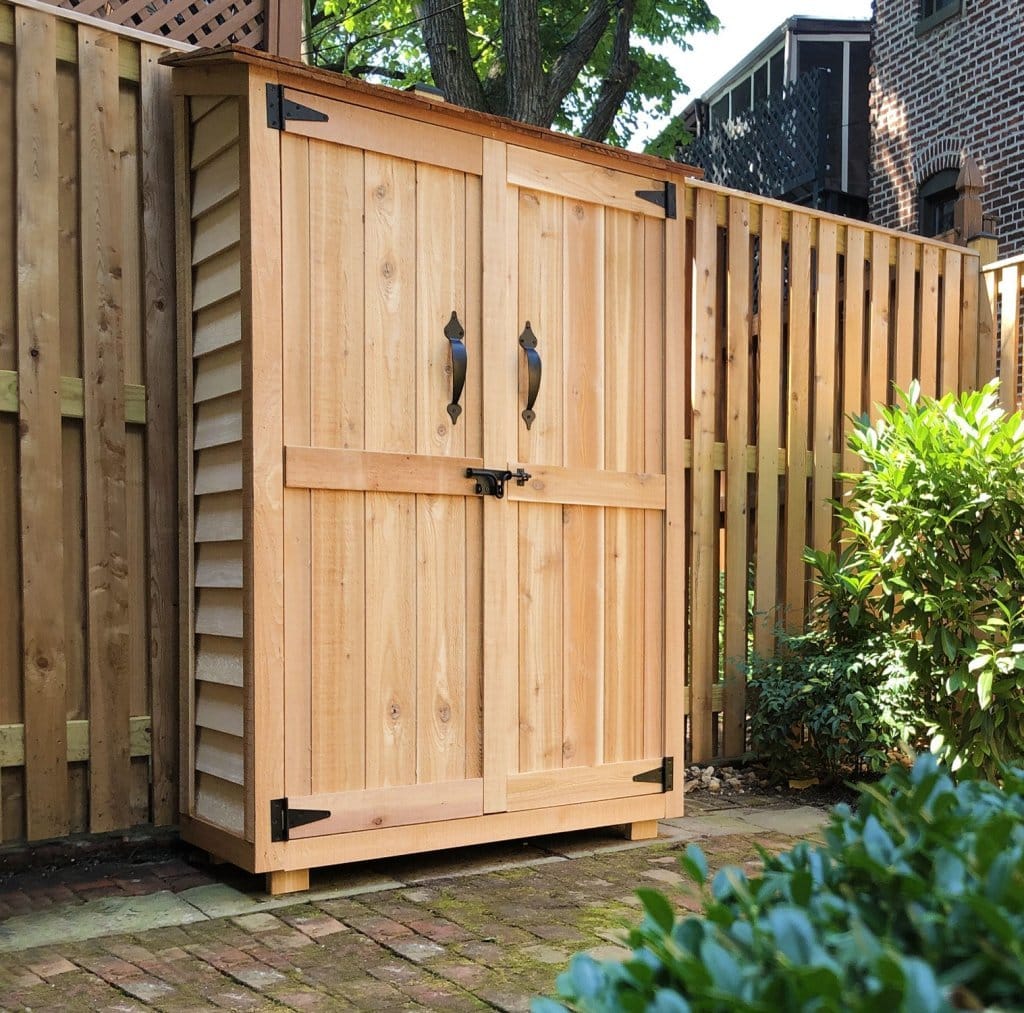
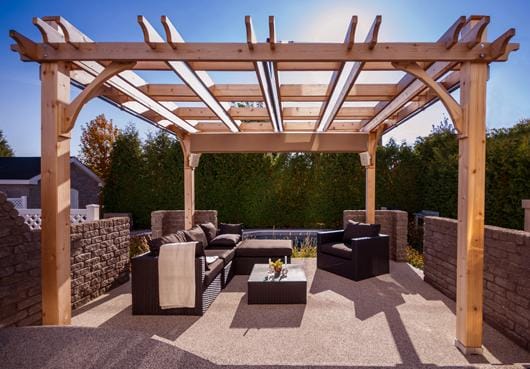
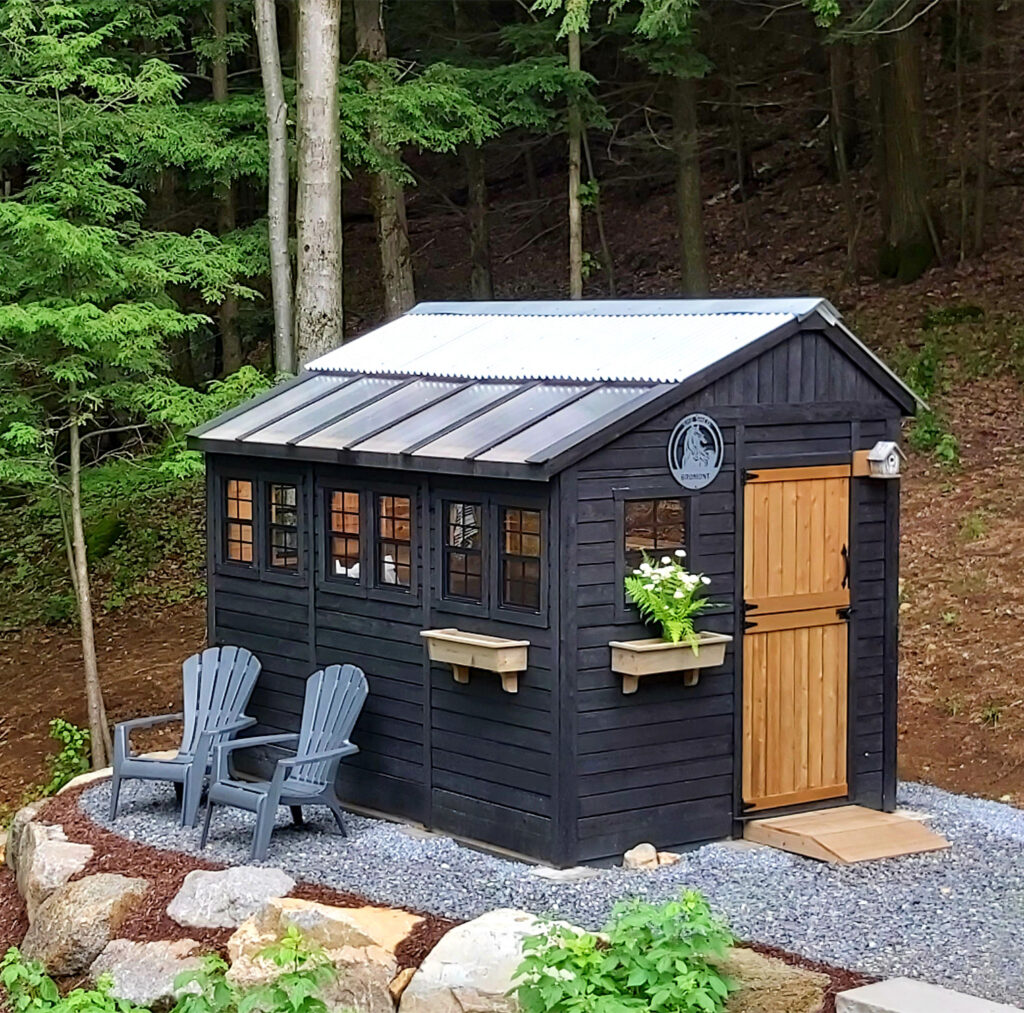
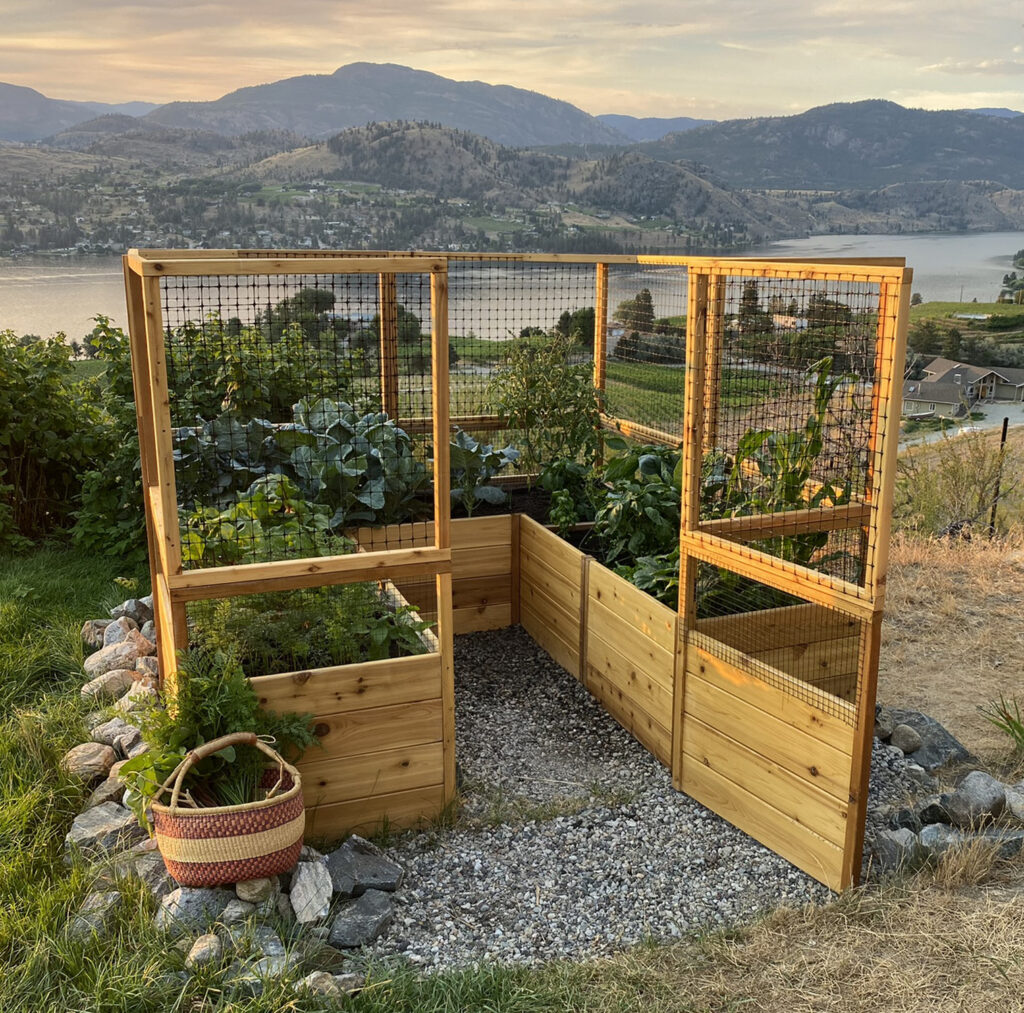
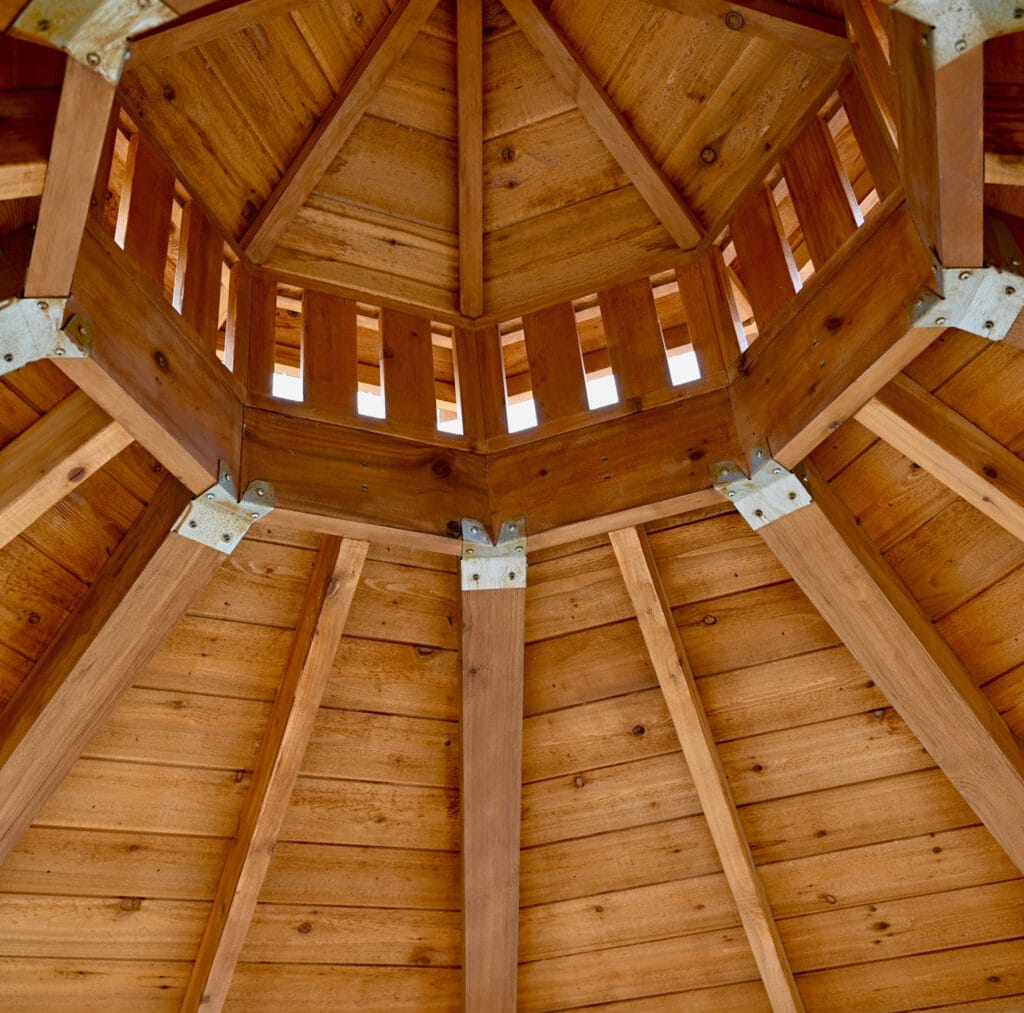
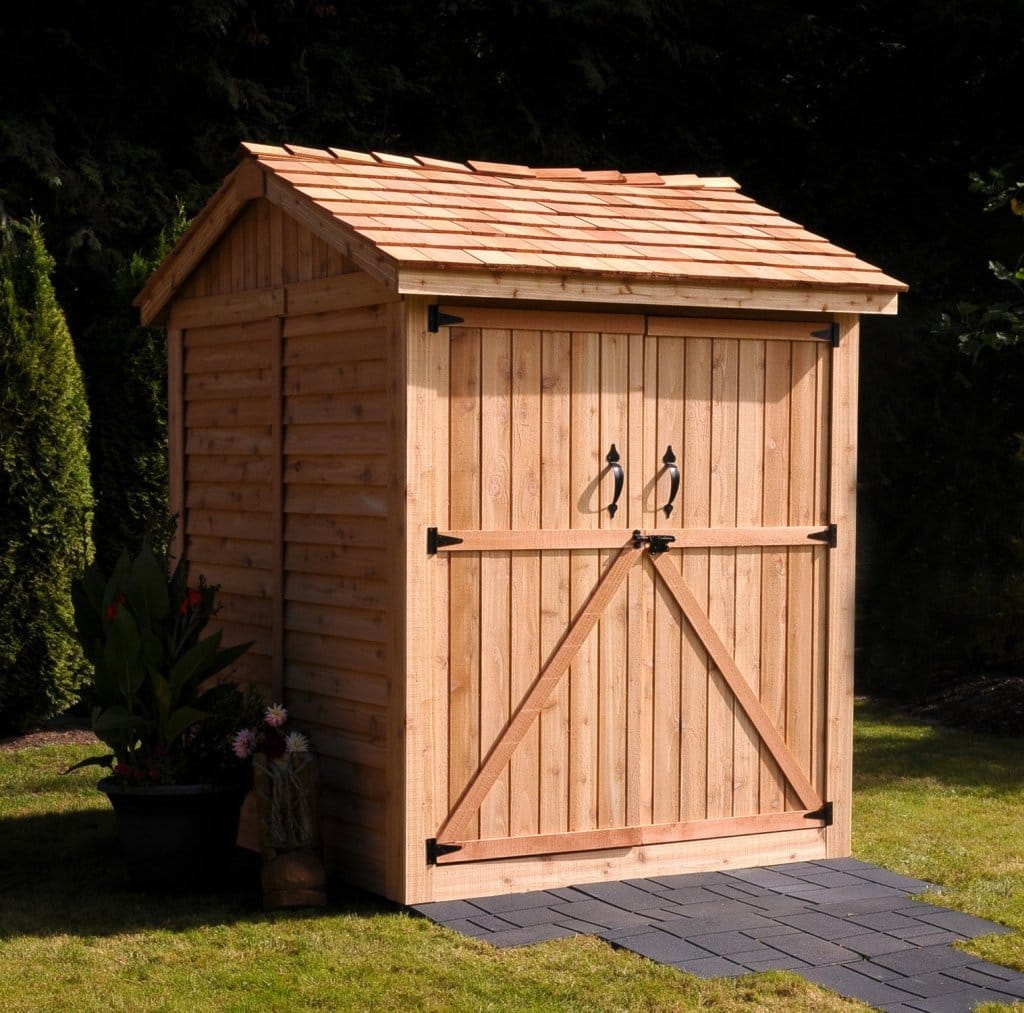
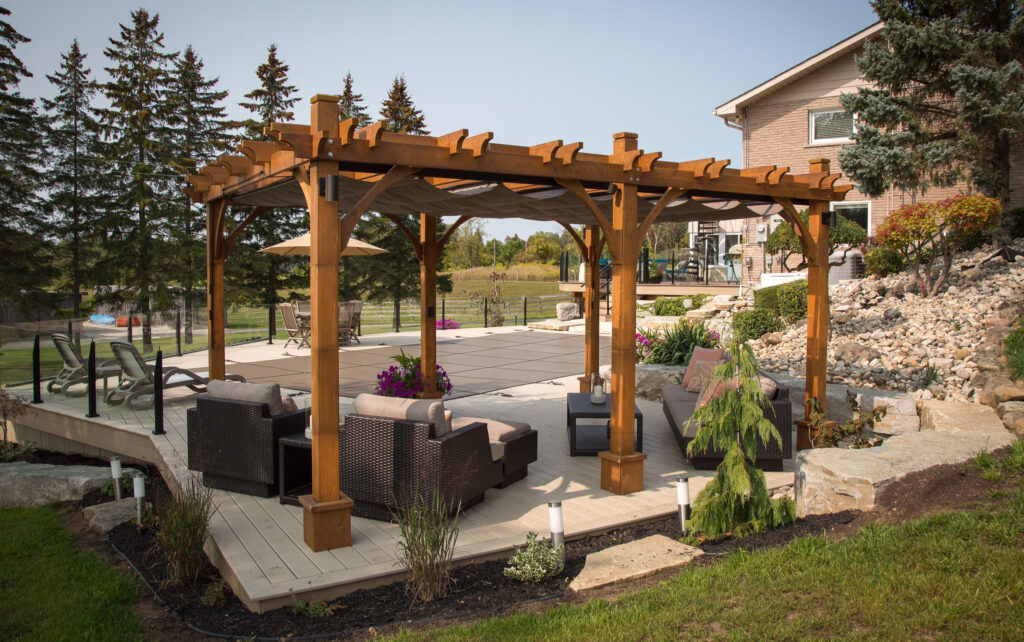
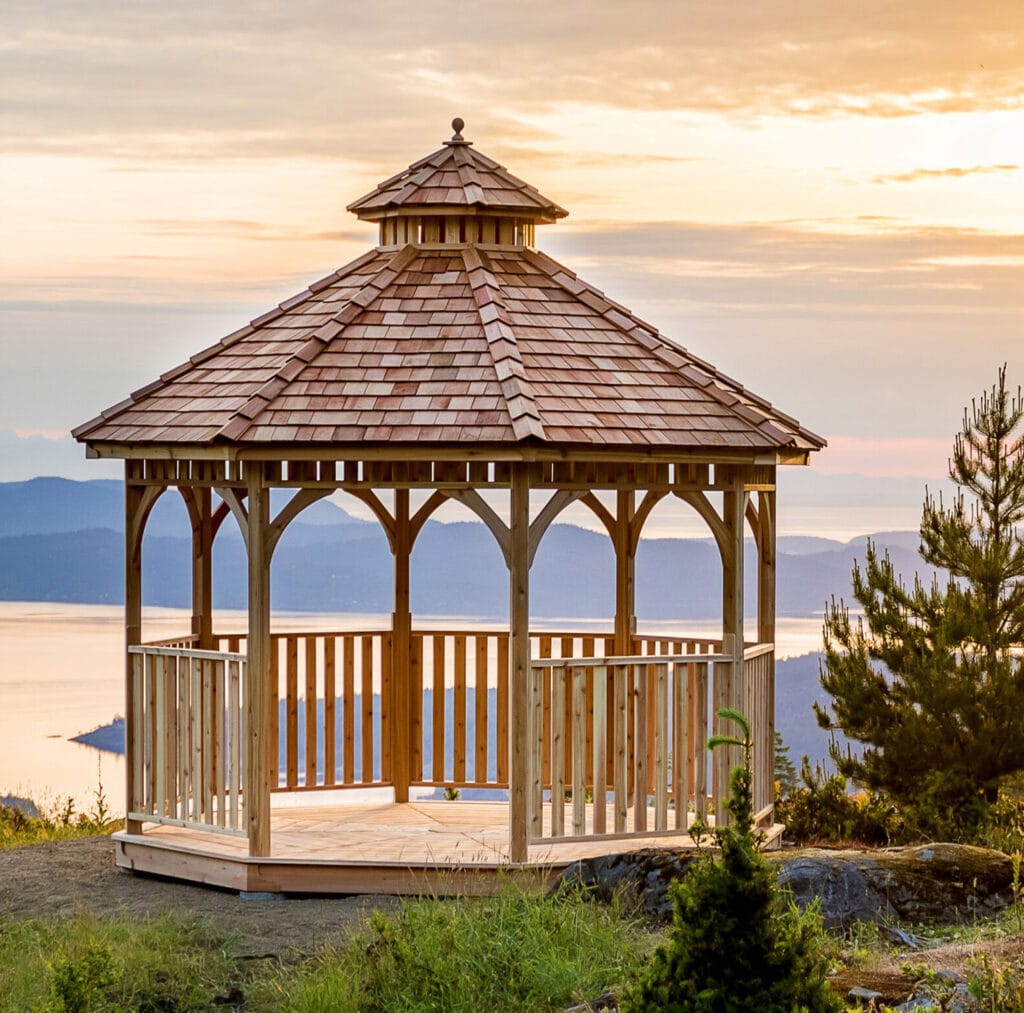
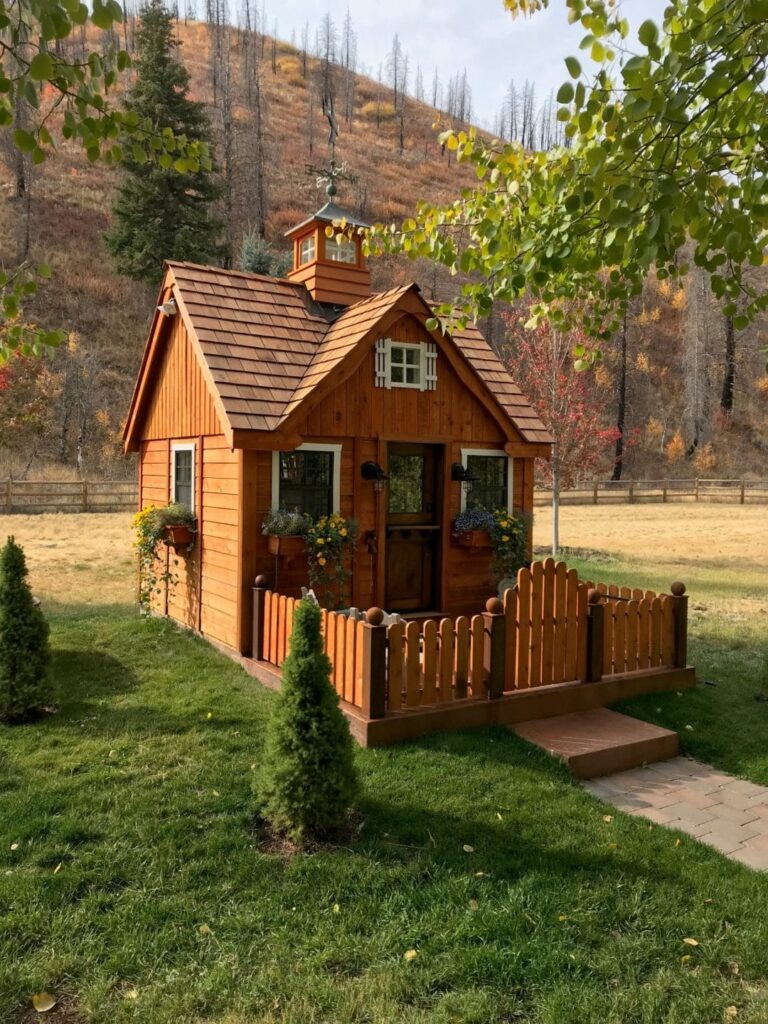
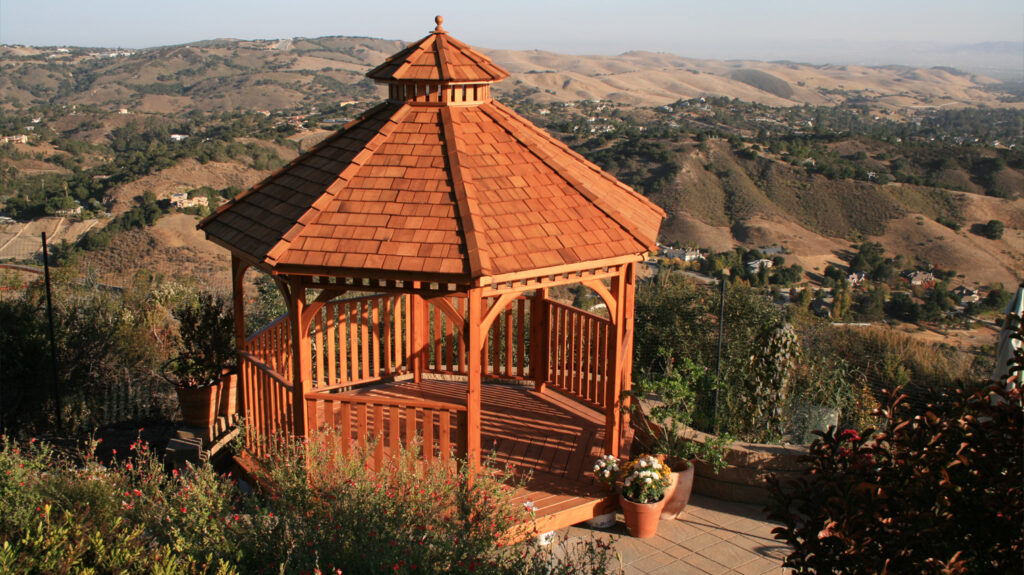
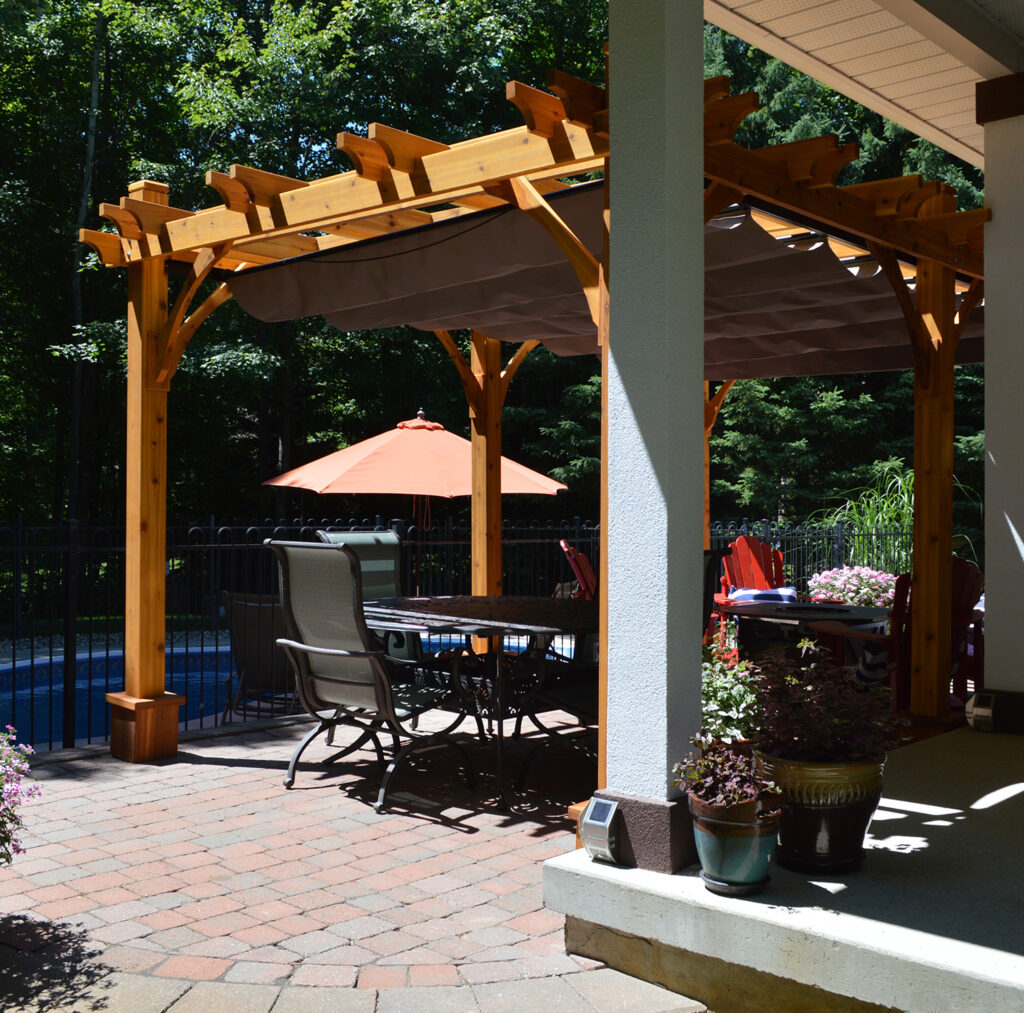
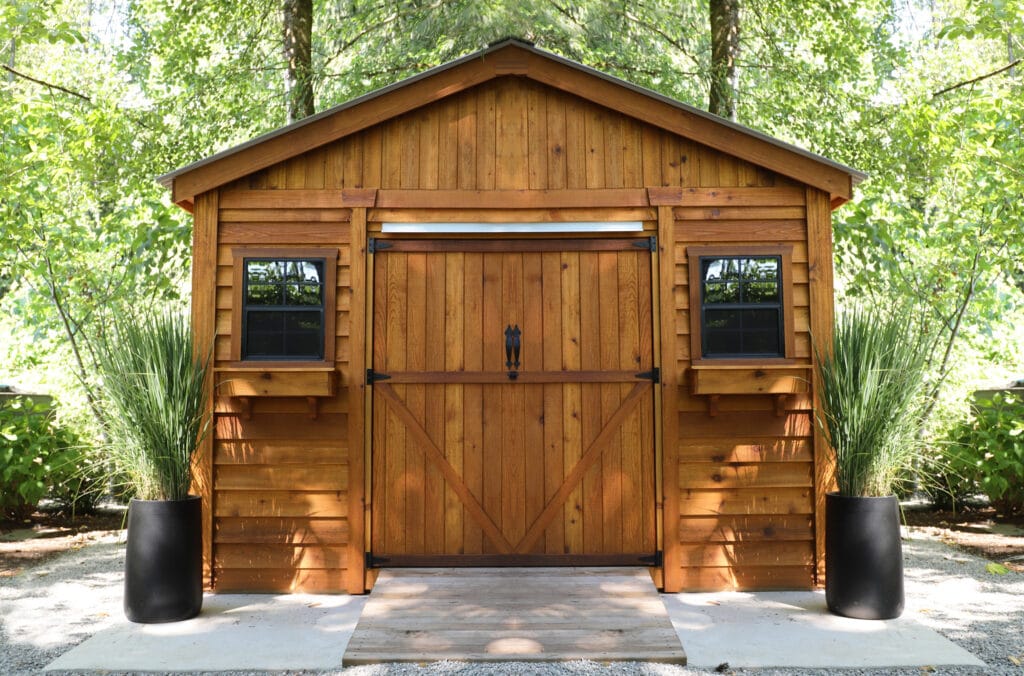
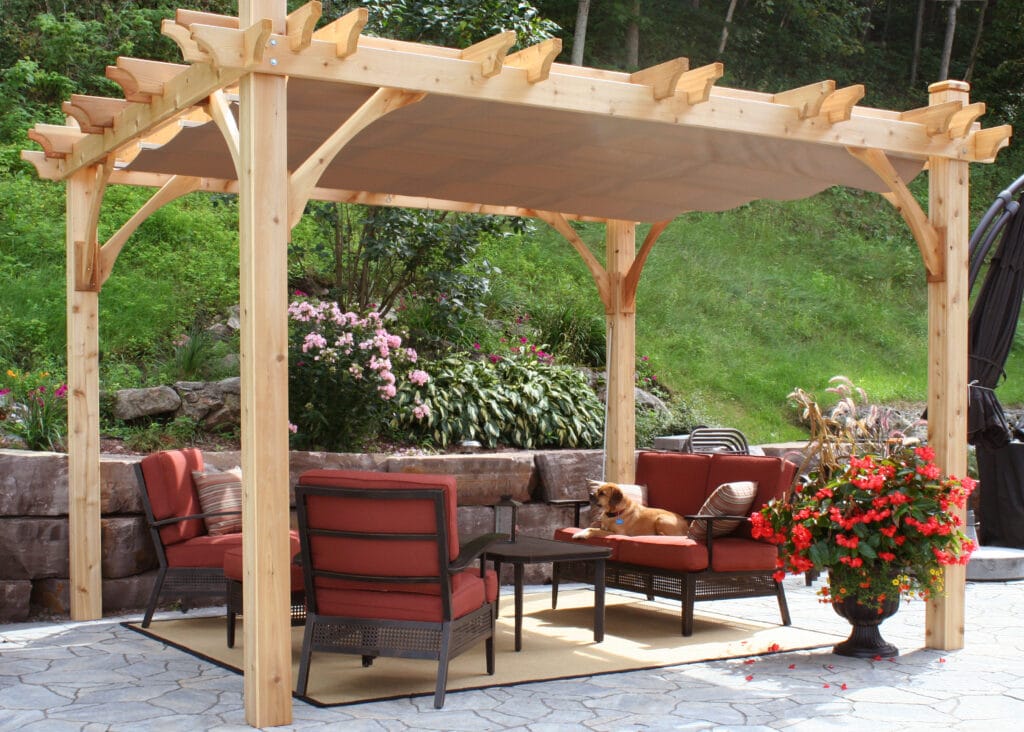
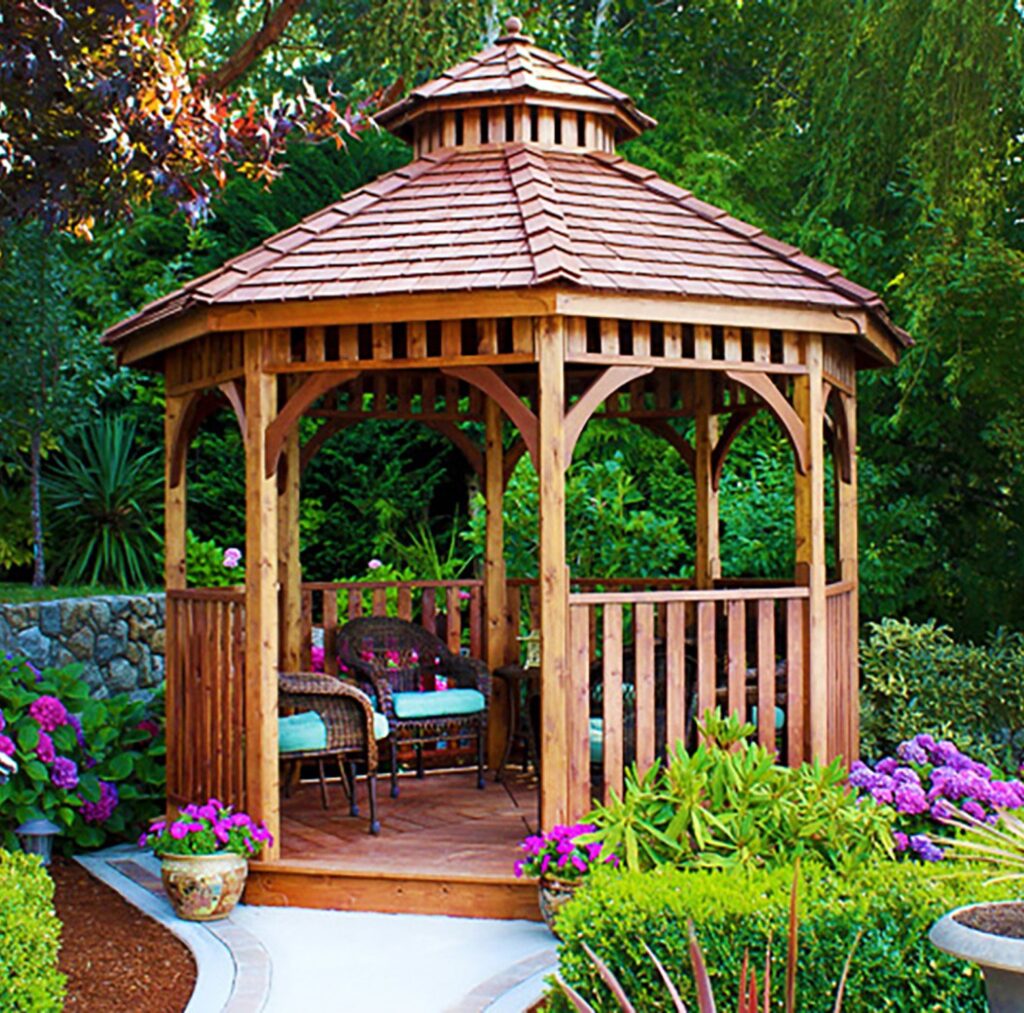
Outdoor Living Today is partners with the Western Red Cedar Lumber Association
Feel Free to visit www.realcedar.com to learn more about Certified Western Red Cedar and why it matters.



